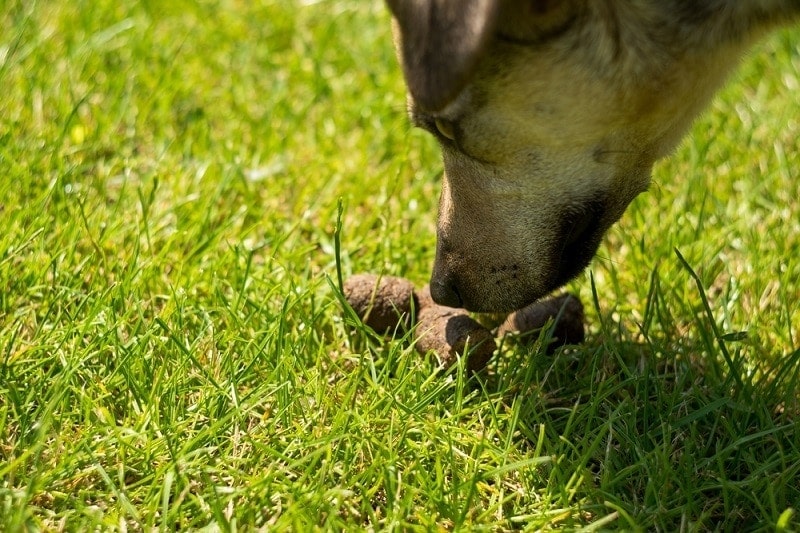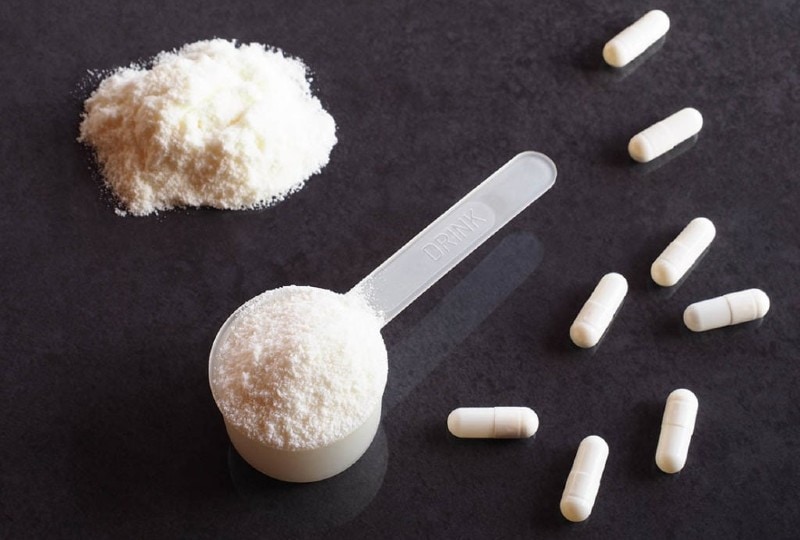24 Incredible Pug Facts You’ll Love to Learn
By Ed Malaker
Updated on
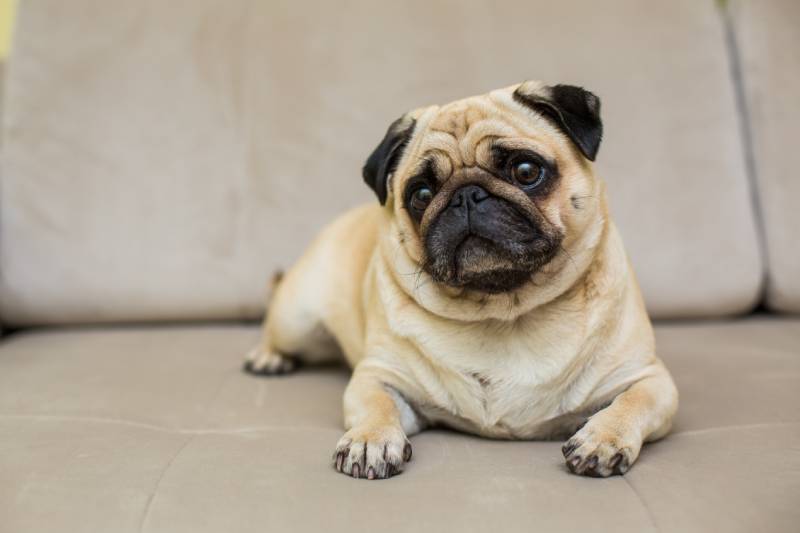
Pugs are small dogs with big personalities that make them perfect for large and small homes. Their scrunched-in faces are adorable too! If you are undecided about purchasing one of these dogs, though, keep reading to learn several incredible Pug facts that might convince you to make one part of your family.
The 24 Incredible Pug Facts
1. Chinese Emperors Treated Pugs Like Royalty
Several emperors of China kept Pugs as pets and treated them like royalty, building them tiny palaces and reserving seats for them on their laps.
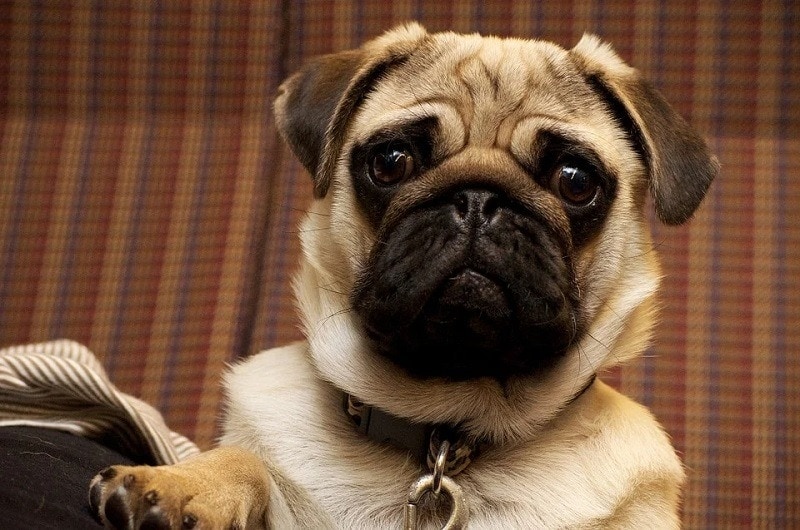
2. The Pug Is an Ancient Breed
The Pug was popular with the Buddhist monks in Tibetan monasteries as early as 400 B.C.
3. The Pug Has an Underbite
Part of what gives the Pug their instantly recognizable appearance is their underbite, which causes the lower teeth to protrude farther than their upper teeth.
4. The Pug Has a Low-Maintenance Grooming Needs
The Pug has a short coat that only requires occasional brushing and doesn’t become matted or tangled. The short hair is also less noticeable when they shed, so it doesn’t create as much of a mess.
5. Pugs Don’t Require Much Exercise
One reason these dogs are so popular is that they don’t need much exercise to stay healthy, so you won’t need to take them for long walks every day.
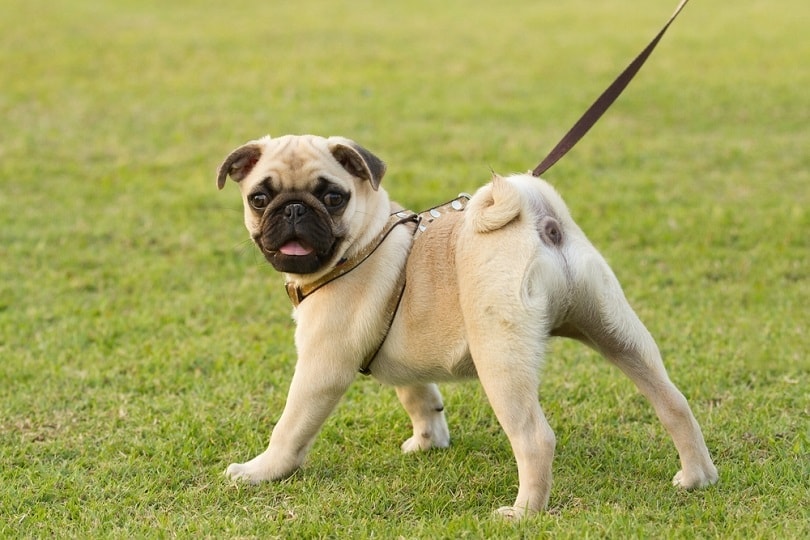
6. Pugs Are Lightweight
Pugs are easy to carry and transport, with most weighing only 14–18 pounds.
7. The Pug Is a World Dog Show Champion
A Pug won the challenging World Dog Show in 2004 and the “Best of Breed” title in the 2022 Westminster Kennel Club Dog Show.
8. Female Pugs Live Longer
Pugs are healthy dogs that usually live 12–15 years with proper diet and exercise. However, females tend to live a bit longer, averaging 13.2 years, while males only average 12.8.
9. Pugs Have Several Hereditary Issues
Unfortunately, Pugs can have a few health issues related to their eyes, brain, and heart that can be passed down through genetics, so it’s important to learn the breeding history of a Pug that you are considering.
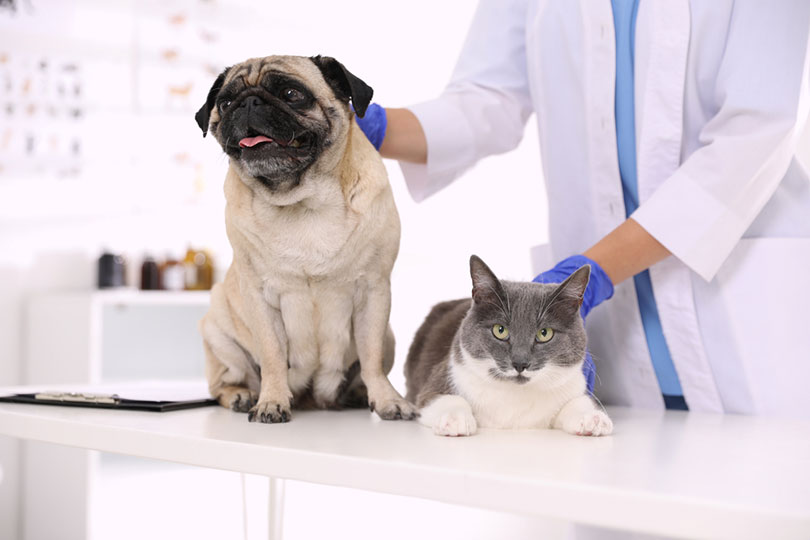
10. Pugs Can Have Difficulty Breathing
Due to their scrunched-in face, the Pug can have difficulty breathing and regulating air flow, which often results in panting. They may also become restless and have an increased heart rate. It’s especially hard for them to stay cool in the summer, and they often need to stay inside in a climate-controlled environment.
11. Pug Pregnancy Takes 58–68 Days
Like most dog breeds, a Pug pregnancy typically lasts 58–68 days from conception to birth, with 63 days being the average.
12. Pugs Have Four to Six Puppies per Litter
The average Pug litter is four to sex puppies, but they can have up to nine at once, and that’s more common than you might think.
13. Pugs Like to Nap
Pugs like to go from zero to full speed. They will take a short nap, only to wake up and immediately start running around again. In total, though, you can expect your Pug to sleep 12–14 hours per day.

14. Pugs Stay Near Their Owner
Pugs are eager to please and usually stay close to their owner in case they need something. They will follow you around the house, sit on your lap, and wait by the door for you to enter.
15. Pugs Are Hard to Train
Since Pugs are high-energy dogs, keeping them focused on training can be difficult, and it’s particularly challenging to teach them a new trick. Plenty of patience is required, and holding your training sessions after playtime can help.
16. Pugs Have Been Popular in America for More Than 100 Years
The American Kennel Club officially recognized the Pug as a unique dog breed in 1885, and they have grown in popularity ever since.
17. The Pug Tail Is the Result of a Spinal Problem
The Pug’s curly tail is the result of wedge-shaped bones in the tail that don’t line up correctly due to a spinal deviation that is part of the breed’s genetics. Other dog breeds have bones that form symmetrical columns, creating a straight tail.
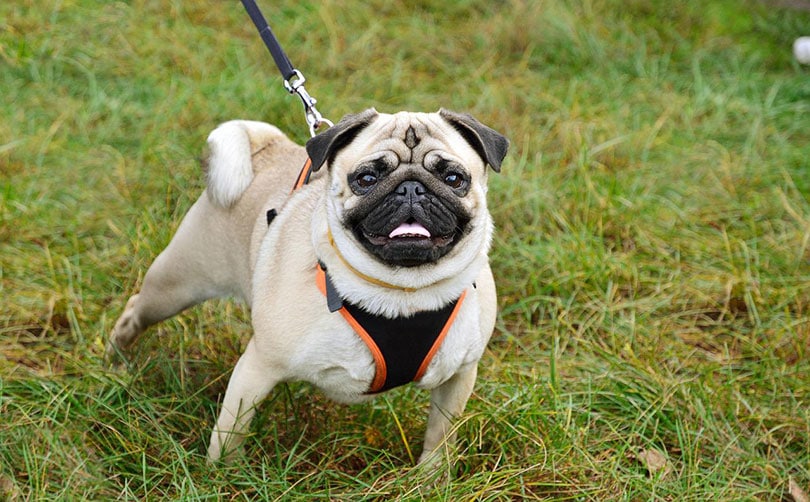
18. Pugs Snore Loudly
One problem with the shape of a Pug’s nose is that it causes them to snore loudly while sleeping. Many owners report needing to keep them in another room to get any sleep themselves.
19. Pugs Tend to Be Overweight
Since Pugs don’t need much exercise and often don’t even like exercising due to having difficulty breathing, it can be challenging for their owners to control their weight. Special attention is needed when choosing food and controlling portioning.
20. Pugs’ Eyes Can Pop Out
Pugs have large eyes in a shallow sockets that are susceptible to many problems, including bulging or popping out of their head without much effort. If it happens, immediate vet care is needed, but it can usually be fixed without vision loss.
21. A Group of Pugs Is a Grumble
While most people know that a group of dogs is called a pack, few know that a group of Pugs is called a grumble! No one is sure where the name comes from, but it could have something to do with this breed’s frequent snoring and tendency to grunt.
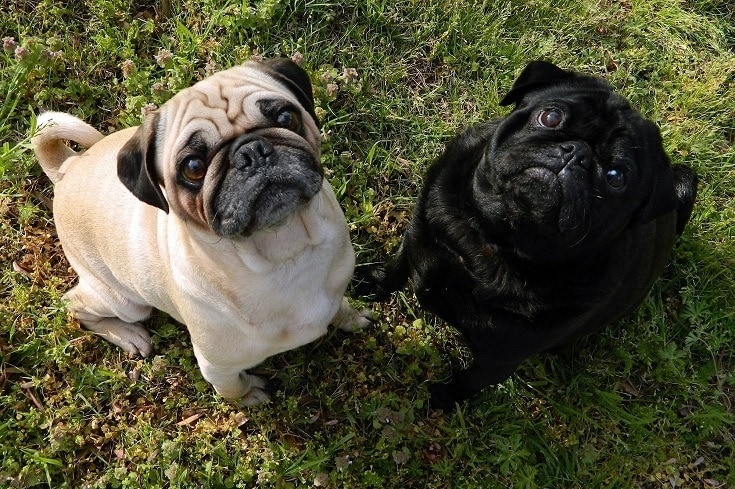
22. Pugs Are Not Good Swimmers
While Pugs can swim a short distance to get out of the water if they fall in, their inability to breathe well will cause them to get tired quickly. They also seem to know that they can’t swim that well and will usually avoid water when they can.
23. Pugs Get Along With Other Pets
Pugs usually get along with other house pets and make fast friends—as long as the other pets don’t chase them around.
24. Pugs Don’t Chase Yard Animals
Unlike many other dog breeds that bark and chase after rabbits, squirrels, cats, and birds that enter the yard, the Pug will pay little attention and is unlikely to chase any of them.
 Summary
Summary
There are so many great reasons to get a Pug. They are low-maintenance dogs and don’t require much brushing or grooming. They also don’t need a great deal of exercise and simply enjoy sitting on your lap and following you around the house. They get along with other house pets and won’t bark and chase after yard animals.
See also:
- How to Potty Train a Pug: Expert Tips
- Do Pugs Get Cold? Keep Your Dog Safe In The Winter
- Brown (Chocolate) Pug: Pictures, Facts, & History
- Common Pug Colors and Patterns (With Pictures)
Featured Image Credit: Diana Grytsku, Freepik

